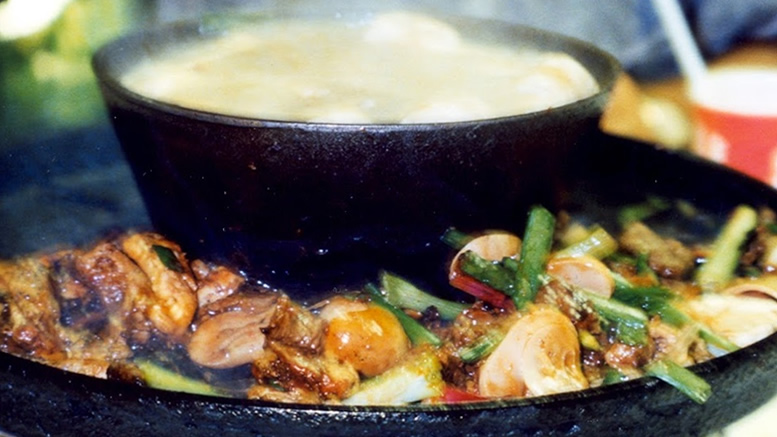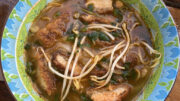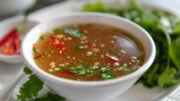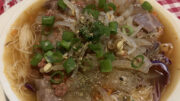Vietnamese cuisine, influenced by French, Indian, and Chinese flavors, offers a unique culinary experience shaped by centuries of cultural exchange.
French colonization left its mark on Vietnamese soups, while Indian influences are evident in certain dishes, reflecting the country’s rich tapestry of culinary heritage.
A traditional Vietnamese meal is a communal affair, with all dishes served at once and shared from common plates. Chopsticks are the utensils of choice, reflecting the meticulous preparation of Vietnamese cuisine.
Unlike the rich coconut milk curries of Thailand or India, Vietnamese cooking tends to be lighter, with an emphasis on fresh ingredients and delicate flavors. Seafood plays a central role, with fish sauces, mint leaves, coriander, and lemon grass infusing dishes with distinct aromas and tastes.
While Vietnamese curries are less spicy than their Indian or Thai counterparts, they still offer a delightful blend of flavors, with coriander and subtle hints of chili adding depth to the dish.
Popular Vietnamese dishes include “Pho Bo,” a fragrant noodle soup, and “cha gio,” crispy spring rolls bursting with flavor and low in fat, offering a tantalizing taste of Vietnam’s culinary heritage.
Beyond these staples, Vietnamese cuisine also boasts a diverse array of regional specialties, from the fresh seafood delights of coastal regions to the hearty noodle soups of the north. Street food vendors offer a tantalizing array of snacks and small bites, while upscale restaurants showcase innovative interpretations of classic dishes. Whether dining on the streets of Hanoi or in a bustling Saigon eatery, every bite in Vietnam is a journey through history, culture, and the vibrant flavors of Southeast Asia.





